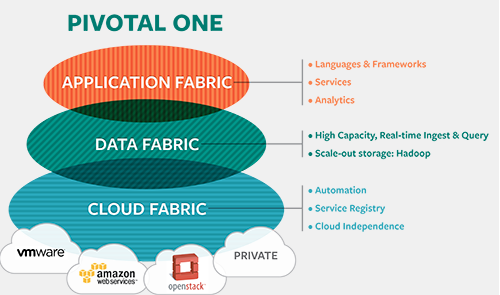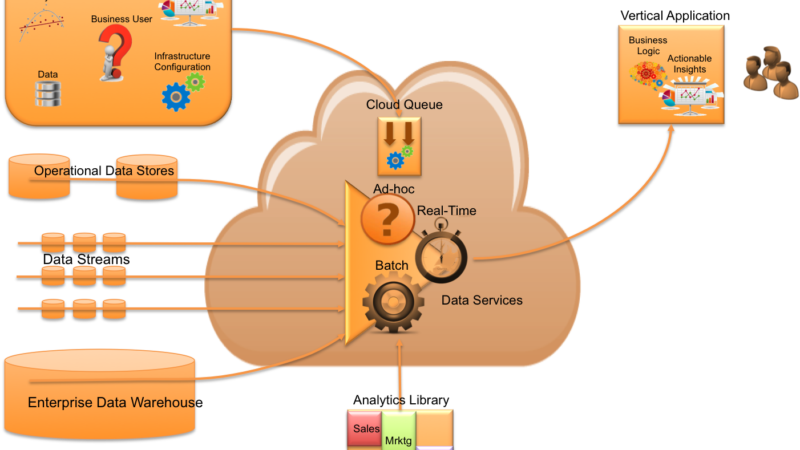Public, Private, and Hybrid Cloud

Public Cloud
Public cloud consists of dynamically provisioned and self-serviced compute resources over the Internet from an off-site (outside the “fire-wall”) third-party provider who shares resources with many enterprise customers.
Virtual Private Cloud
Customers still leverage an off-site third party provider, but now they can create their own logically isolated pieces of the cloud – thus, virtually private. These are servers or partitions within servers that are isolated from other customers and can be completely controlled by the customers, who configure it as they see fit over a secure virtual private network.
Private Cloud
Private cloud (internal cloud) are offerings that emulate cloud computing on private networks within the enterprise fire-wall. These solutions claim to deliver the benefits of, say, Amazon’s web services but without the issues of data security, corporate governance, and availability. The enterprise may not be able to benefit from the leverage associated with the 3rd party vendor, but the overall costs compared to traditional, non-cloud, resources is still significant.
Hybrid cloud
A hybrid cloud environment consists of multiple internal private and external (public and virtual private) cloud solutions. This is perceived as the most viable implementation. Critical applications will be deployed on the enterprise private cloud, and less critical applications on public or virtual private cloud services.



